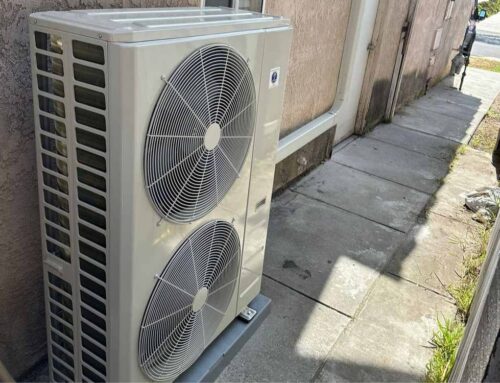When it comes to achieving the ideal indoor climate, homeowners today are increasingly turning to radiant heating and cooling panels. These systems offer a quieter and more energy-efficient way to control your home’s temperature compared to traditional HVAC systems. By distributing heat and cooling across large surface areas, radiant panels ensure that your living spaces remain comfortable without the loud noise typically associated with forced-air systems. Let’s explore why radiant heating and cooling panels are becoming the preferred option for homeowners seeking a quieter, more sustainable climate control solution.
How Radiant Panels Work
Radiant heating and cooling panels work by using the surfaces of walls, ceilings, or floors to either absorb or radiate heat. These panels are typically installed within the building structure and use either hot water or electrical resistance to control the temperature. When in heating mode, the panels radiate warmth throughout the space, effectively warming the room and its contents. In cooling mode, the panels absorb heat from the room, maintaining a comfortably cool environment. The system works through simple thermal radiation, allowing the temperature to be evenly distributed throughout the space.
Quiet Operation Compared to Traditional HVAC Systems
One of the standout benefits of radiant heating and cooling panels is their quiet operation. Unlike conventional HVAC systems, which rely on air ducts and fans to distribute conditioned air, radiant panels don’t create the same noise. Traditional air-based systems tend to produce drafts, vibrations, and the sound of running fans, making them more noticeable in your home. Radiant panels, however, are virtually silent, offering a peaceful environment that won’t disturb your daily life or interrupt conversations and rest. This makes radiant systems an excellent choice for bedrooms, living rooms, or any area where noise control is essential.
Energy Efficiency of Radiant Heating and Cooling Systems
Radiant heating and cooling panels are known for their energy efficiency. Unlike traditional HVAC systems that often require a significant amount of energy to heat or cool air and then distribute it throughout the home, radiant panels work directly with the surfaces within the room. This method reduces heat loss and ensures that energy is only used where it’s needed. As a result, radiant systems can often maintain a more consistent temperature with lower energy consumption. The ability to achieve comfort with less energy usage helps homeowners save on utility bills while also contributing to environmental sustainability.
Advantages of Radiant Systems for Your Home
In addition to quiet operation and energy efficiency, radiant heating and cooling systems offer other advantages for your home. For one, they can be more comfortable since they eliminate the cold drafts and temperature fluctuations commonly found in traditional forced-air systems. Radiant panels also improve indoor air quality because they don’t stir up dust, allergens, or other pollutants in the air. This is especially beneficial for individuals with allergies or respiratory conditions. Furthermore, the flexibility of installation allows these systems to be incorporated into new construction projects or retrofitted into existing homes.
Get Professional Help for Your Radiant System
You don’t have to wait until your system starts underperforming to make improvements. If you’re looking to install a new radiant heating and cooling system or maintain an existing one, professional help is essential. A well-maintained system runs more efficiently, lasts longer, and provides you with a consistent, comfortable environment throughout the year. Atlas HVAC Inc. is dedicated to providing expert installation, maintenance, and repair services, ensuring your radiant panels always function optimally. Call us at (877) 452-8527 today and experience the difference in comfort, efficiency, and savings that come with a professionally serviced radiant system.




